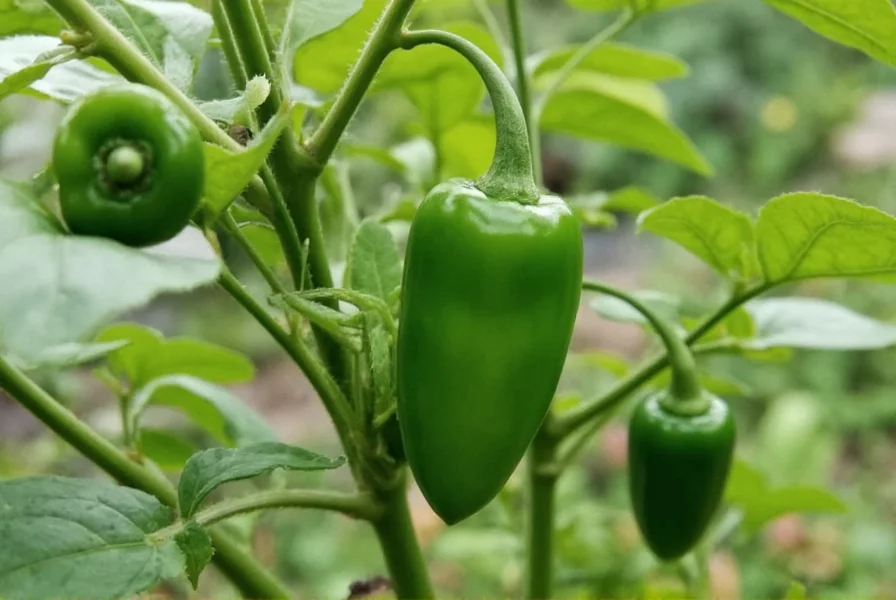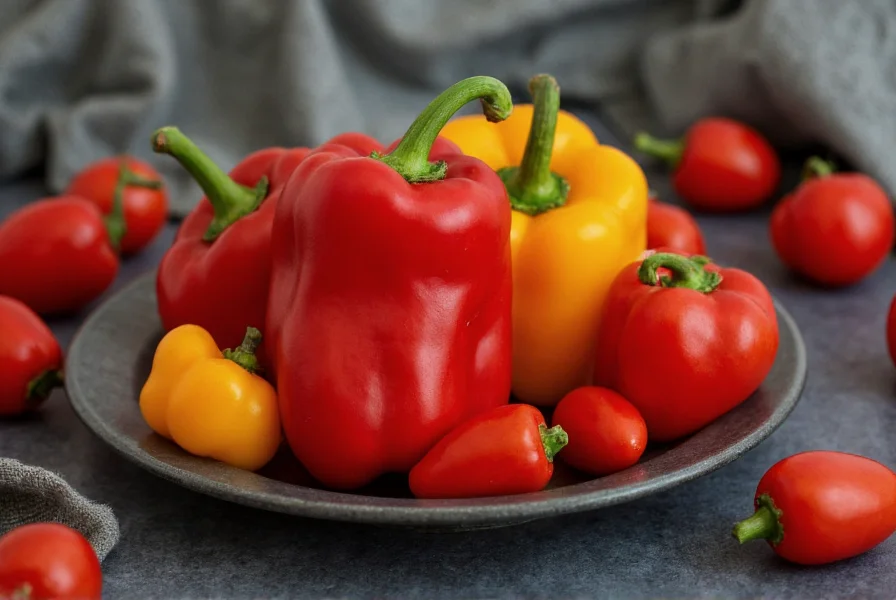When searching for information about \"jose pepper,\" you're likely encountering a common misspelling of the popular jalapeño pepper. This confusion happens frequently because the Spanish word \"jalapeño\" can be challenging to spell correctly for English speakers. Let's explore everything you need to know about these beloved chili peppers that many mistakenly call \"jose peppers.\"
Understanding Jalapeño Peppers: More Than Just a Spelling Correction
The jalapeño (not \"jose\") gets its name from Xalapa, the capital city of Veracruz, Mexico, where these peppers were traditionally cultivated. These cylindrical chili peppers typically measure 2-3.5 inches long and 1 inch wide, transitioning from bright green to deep red as they mature.

Jalapeño Pepper Characteristics and Heat Profile
Understanding the jalapeño pepper heat level is crucial for culinary applications. On the Scoville scale, jalapeños range from 2,500 to 8,000 units, placing them in the medium-heat category. For reference:
| Pepper Variety | Scoville Heat Units | Heat Comparison |
|---|---|---|
| Jalapeño | 2,500-8,000 | Moderate heat, approachable for most palates |
| Serrano | 10,000-23,000 | 2-4 times hotter than jalapeño |
| Habanero | 100,000-350,000 | 20-40 times hotter than jalapeño |
The heat in jalapeños comes primarily from capsaicin concentrated in the white pith and seeds. Removing these parts significantly reduces the pepper's spiciness while preserving its distinctive grassy, slightly fruity flavor.
Culinary Applications of Jalapeño Peppers
Professional chefs and home cooks value jalapeños for their versatility. Understanding how to use jalapeño peppers in cooking properly can transform your dishes:
- Raw applications: Add fresh slices to tacos, nachos, or sandwiches for bright heat
- Cooked preparations: Roast or grill to develop sweeter, smokier notes
- Pickling: Create tangy pickled jalapeños that maintain crunch while mellowing heat
- Stuffed peppers: Fill with cheese, meat, or seafood for appetizers or main courses
- Sauces and salsas: Blend with tomatoes, tomatillos, or fruit for versatile condiments
When working with fresh jalapeños, always wear gloves to prevent capsaicin from transferring to sensitive areas like your eyes. Proper ventilation is essential when cooking with multiple peppers, as the heat compounds can become airborne.
Growing Jalapeño Peppers at Home
For gardeners interested in growing jalapeño peppers at home, these plants thrive in warm climates with full sun exposure. Start seeds indoors 8-10 weeks before your last frost date, then transplant outdoors when soil temperatures consistently exceed 60°F (15°C).

Key growing tips include:
- Provide well-draining soil with plenty of organic matter
- Water consistently but avoid overwatering (about 1-2 inches per week)
- Fertilize with balanced nutrients, reducing nitrogen once flowering begins
- Harvest peppers when they reach full size and vibrant color
- Allow some peppers to ripen to red for sweeter flavor and increased capsaicin
Health Benefits of Jalapeño Peppers
Beyond their culinary appeal, jalapeños offer notable health benefits. Research shows that jalapeño peppers are healthy due to their rich nutrient profile:
- Excellent source of vitamins A and C (one pepper provides over 100% of daily vitamin C needs)
- Contains capsaicin, which may boost metabolism and reduce inflammation
- Low in calories (only about 4 calories per pepper) while adding significant flavor
- Provides dietary fiber that supports digestive health
- Contains antioxidants like carotenoids that protect against cellular damage
Studies suggest regular consumption of chili peppers like jalapeños may correlate with reduced mortality rates, though more research is needed to establish direct causation.
Common Jalapeño Pepper Misconceptions
Several myths persist about these popular peppers. Let's clarify some common jalapeño pepper mistakes:
- Misconception: All jalapeños are equally hot
Reality: Heat varies significantly based on growing conditions, with stress (like drought) increasing capsaicin production - Misconception: Red jalapeños are always hotter than green ones
Reality: Color indicates ripeness, not heat level; red jalapeños are often slightly sweeter - Misconception: \"Jose pepper\" is a legitimate variety
Reality: This is consistently a misspelling of \"jalapeño\" - no recognized pepper variety uses this name - Misconception: Removing seeds completely eliminates heat
Reality: While seeds contain concentrated capsaicin, the pith holds most heat compounds
Jalapeño Pepper Substitutes and Comparisons
When jalapeños aren't available, understanding jalapeño vs serrano peppers and other alternatives helps maintain recipe integrity:
- Serrano peppers: 2-4 times hotter than jalapeños; use half the amount for similar heat
- Fresno peppers: Nearly identical in heat and flavor; perfect 1:1 substitute
- Chipotle peppers: Smoked jalapeños; use 1 chipotle = 2-3 fresh jalapeños for smoky dishes
- Guajillo peppers: Dried alternative with milder heat and berry-like notes
- Bell peppers: For zero-heat applications requiring similar texture
When substituting, consider both heat level and flavor profile to maintain your dish's intended character.
Proper Pronunciation and Spelling
Mastering jalapeño pepper pronunciation helps avoid the \"jose pepper\" confusion. The correct pronunciation is hah-lah-PAYN-yo, with the \"ñ\" sounding like the \"ny\" in \"canyon.\" The \"j\" is soft like an \"h\" sound in Spanish.
Spelling correctly matters because:
- Ensures accurate search results for recipes and growing information
- Helps when shopping for seeds or plants at garden centers
- Prevents confusion in culinary discussions and recipe sharing
Remember: It's jalapeño (with the tilde over the \"n\"), not jalapeno (common English spelling without the tilde), and certainly not \"jose pepper.\"











 浙公网安备
33010002000092号
浙公网安备
33010002000092号 浙B2-20120091-4
浙B2-20120091-4